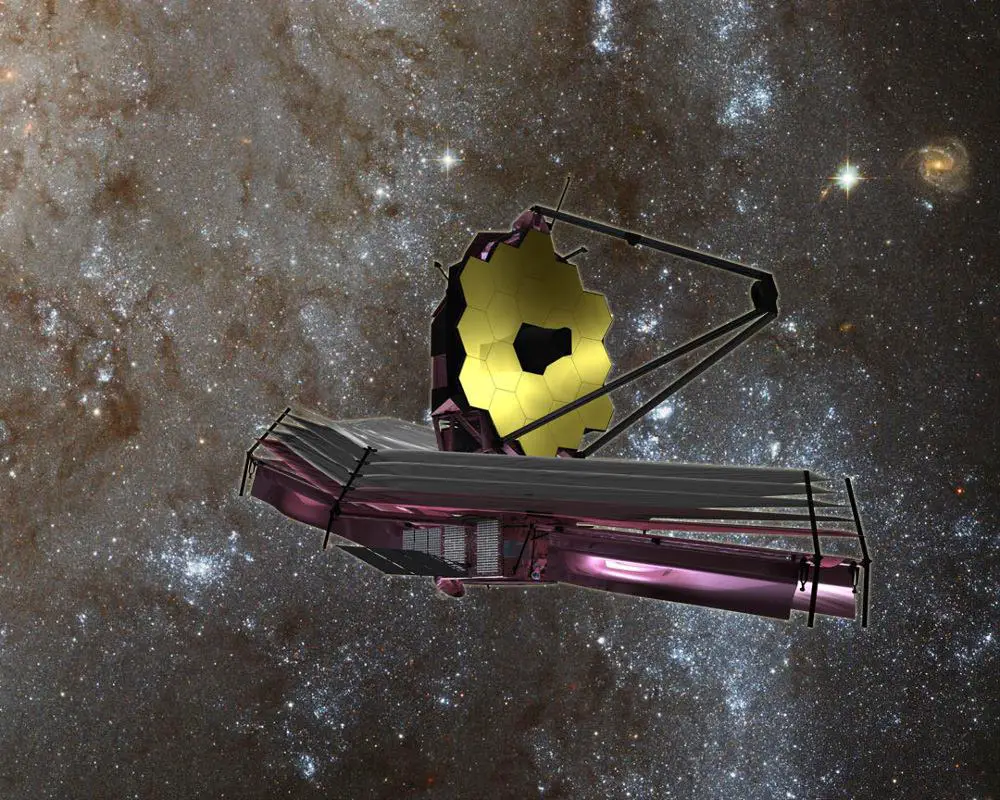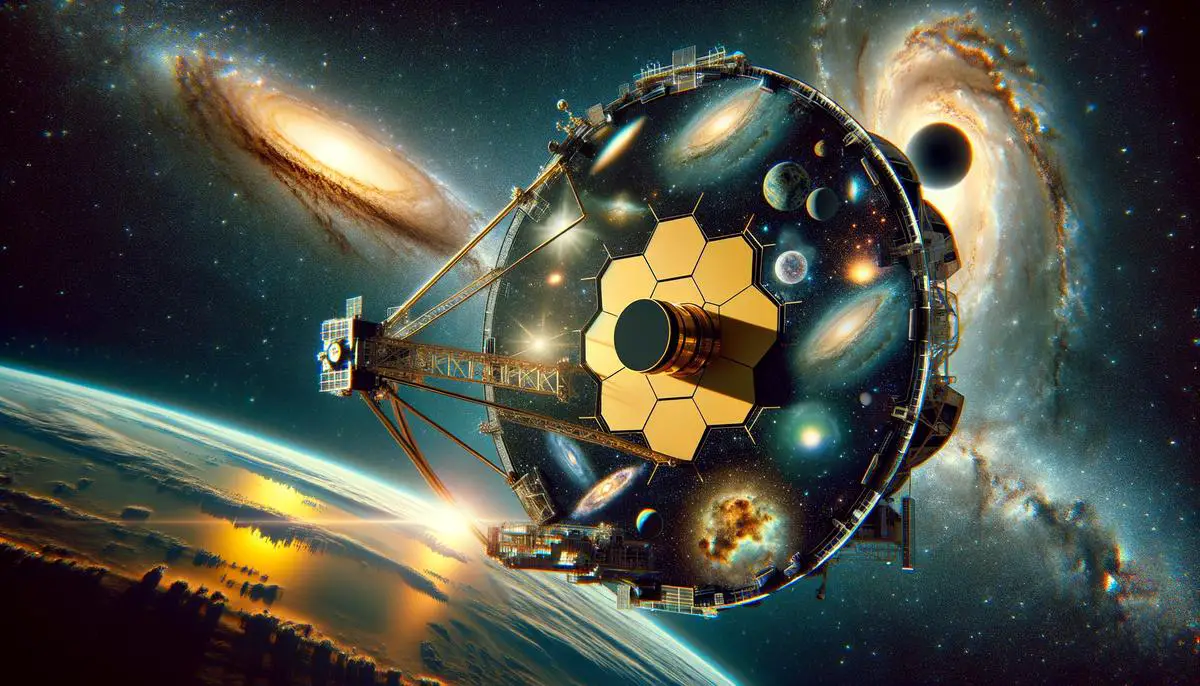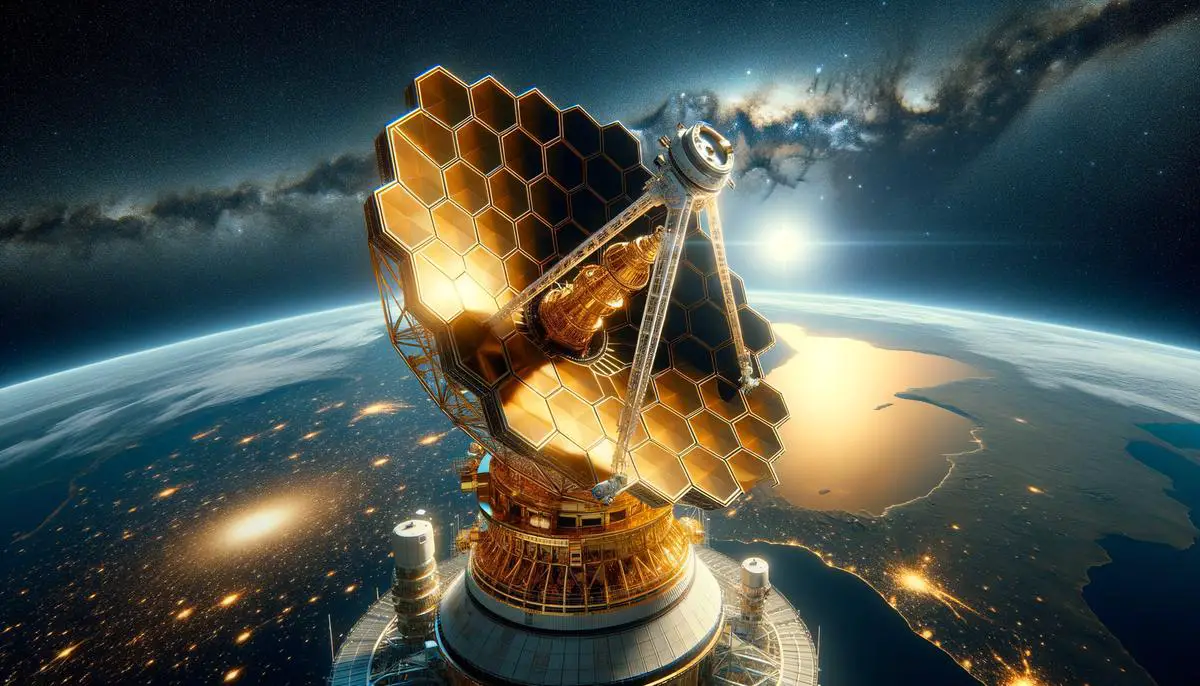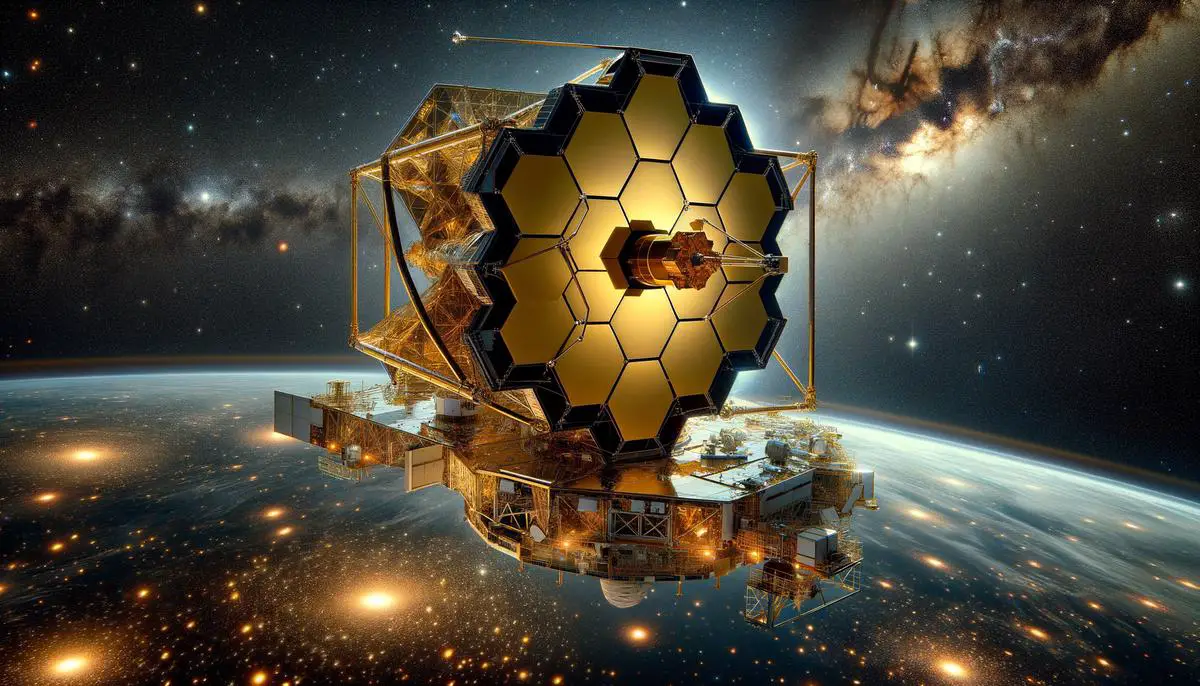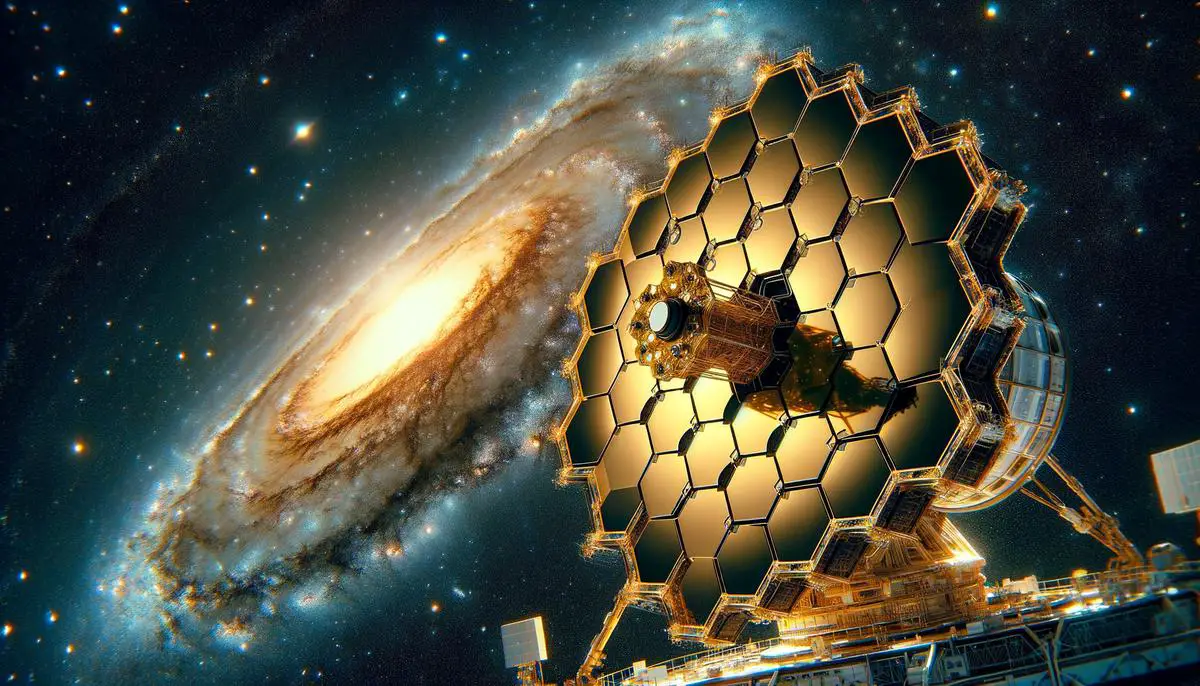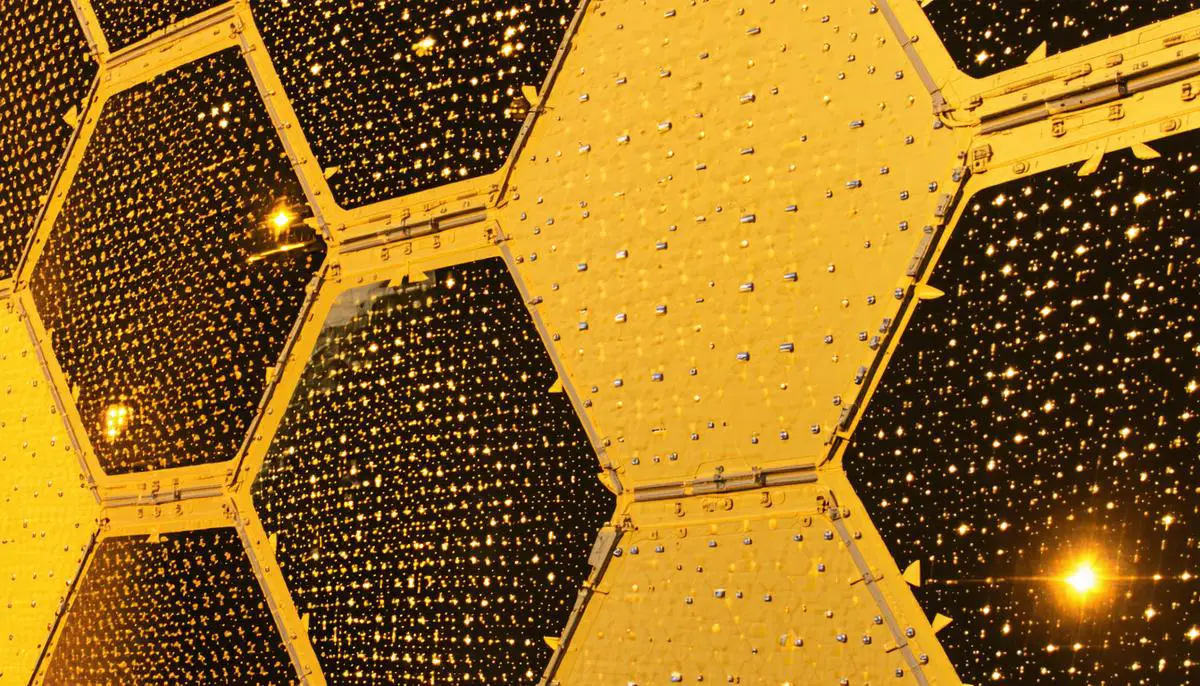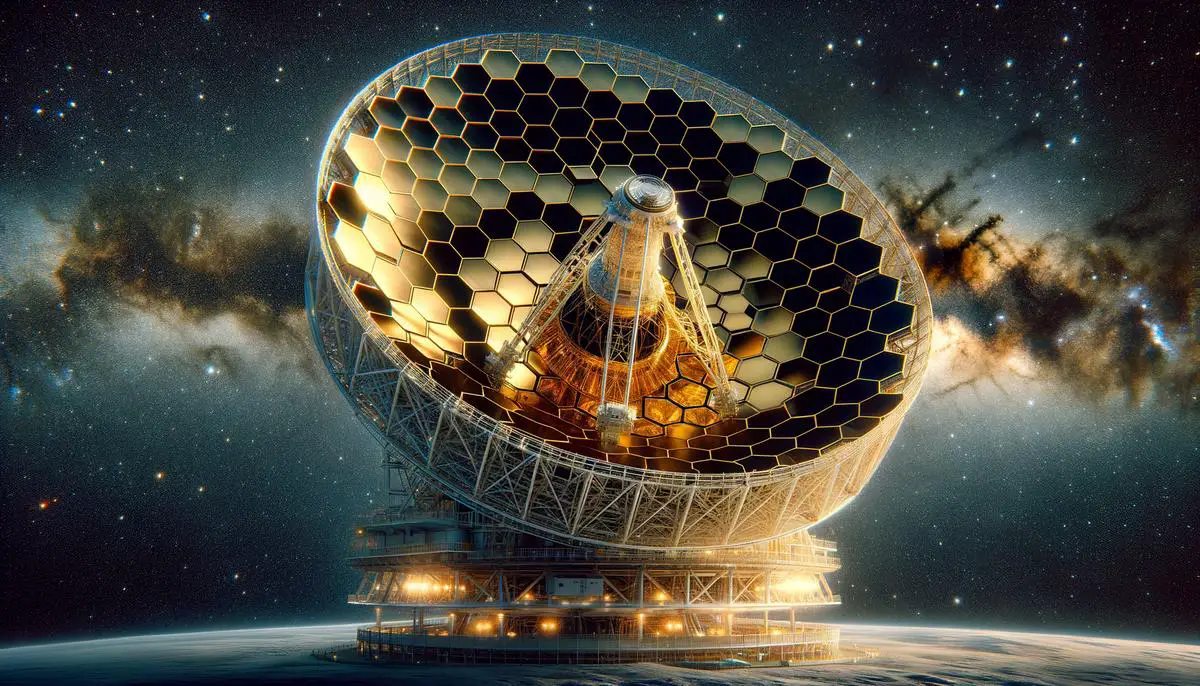Beryllium Mirrors and Infrared Imaging The James Webb Space Telescope (JWST) utilizes advanced beryllium mirrors to capture high-resolution infrared images. The primary mirror, consisting of 18 hexagonal segments, spans 21.4 feet and is covered in a gold layer for optimal infrared reflection. Beryllium's unique properties make it ideal for space […]
![]()
